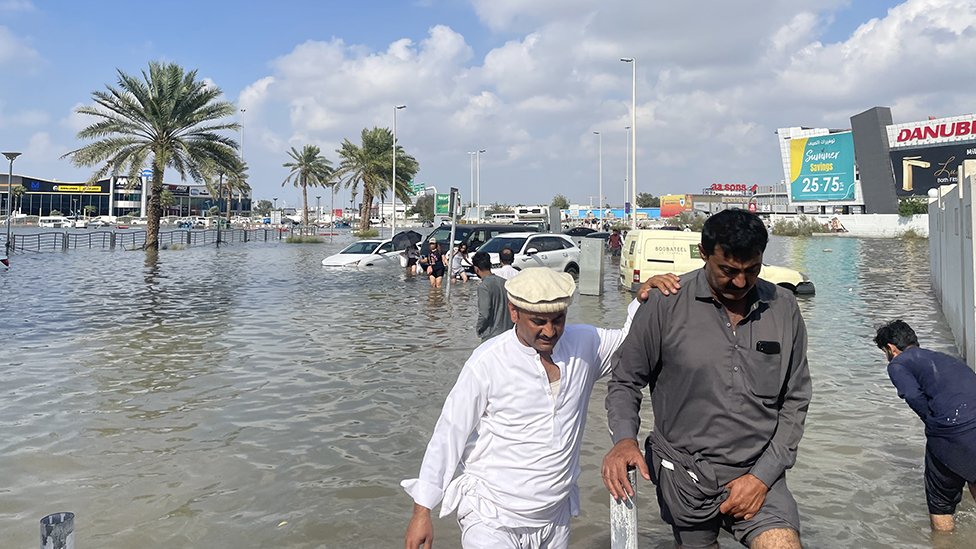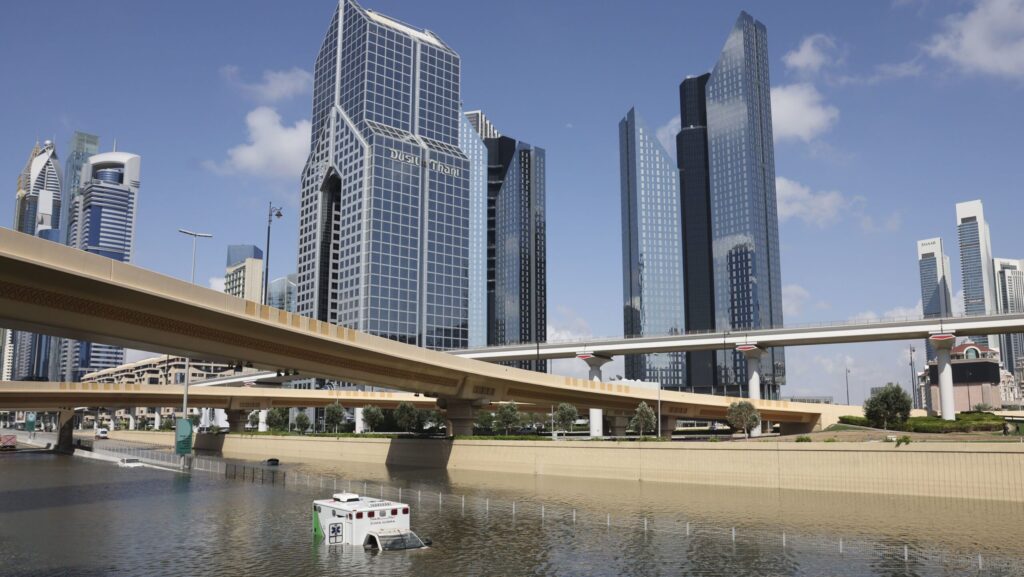Dubai, known for its luxury and futuristic innovations, is now making headlines for something unexpected—artificial rain. The city, famous for its hot and dry climate, has been using a technology called cloud seeding to create rainfall. But what exactly is cloud seeding, and how is it helping Dubai tackle its water challenges? Let’s find out.
What is Cloud Seeding?
Cloud seeding is a process that enhances rainfall by introducing tiny particles, such as salt or silver iodide, into clouds. These particles help water droplets form, leading to rain. Scientists use planes equipped with special flares to release these particles into clouds, increasing the chances of precipitation.

The technology isn’t new—it has been used for decades in various countries, including the United States and China. However, Dubai has taken it to another level by heavily investing in cloud seeding as a way to fight its water shortages.

Why Does Dubai Need Cloud Seeding?
Dubai and the rest of the United Arab Emirates (UAE) receive very little rainfall each year, making fresh water a scarce resource. The country mostly relies on desalination, a process that removes salt from seawater to make it drinkable. However, desalination is expensive and consumes a lot of energy.
Cloud seeding offers a more natural and potentially cost-effective way to increase rainfall. By making clouds produce more rain, the government hopes to improve water supplies for agriculture, drinking water, and overall climate management.

How Does Dubai Create Artificial Rain?
Dubai’s National Center of Meteorology (NCM) monitors weather conditions and selects suitable clouds for seeding. Pilots fly into these clouds and release special salt compounds, which help the water droplets combine and fall as rain.
In recent years, Dubai has also been experimenting with a new technique—using drones to zap clouds with electricity to encourage rainfall. This advanced method, developed with UK scientists, aims to make cloud seeding even more effective.
Does Cloud Seeding Really Work?
The results so far have been promising. The UAE conducts dozens of cloud seeding operations every year, and studies suggest that it has successfully increased rainfall. In July 2021, Dubai experienced heavy rainfall following cloud seeding efforts, making headlines worldwide.
However, some experts argue that the exact impact of cloud seeding is still difficult to measure. Since weather patterns are complex, it’s hard to tell whether rain happened naturally or was influenced by cloud seeding. Despite this, Dubai continues to invest in the technology, hoping to refine it further.
Are There Any Risks?
While cloud seeding sounds like a great solution, it does come with some concerns. Some scientists worry about long-term environmental effects, such as changes in local weather patterns. Others argue that excessive rainfall in desert areas could lead to flooding, as seen in some past cases in the UAE.
Another concern is that altering weather artificially could have unintended consequences for neighboring countries. If Dubai creates more rain, will it reduce rainfall in other regions? These questions remain unanswered, but researchers continue to study the effects of cloud seeding.
The Future of Cloud Seeding in Dubai
Dubai is not slowing down its efforts. The UAE government is constantly exploring new ways to improve the technology and make it more reliable. With climate change leading to rising temperatures and unpredictable weather, artificial rain may become even more important in the future.
As the world watches Dubai’s bold weather experiments, one thing is clear—the city is determined to stay ahead, even when it comes to controlling the skies. Whether cloud seeding will become a long-term solution for water scarcity remains to be seen, but for now, Dubai’s artificial rain is turning heads and making waves—literally!
Also read: Jumeirah Lake Towers: Dubai’s Thriving Hub for Living and Business














